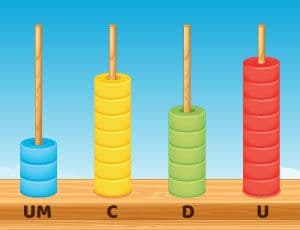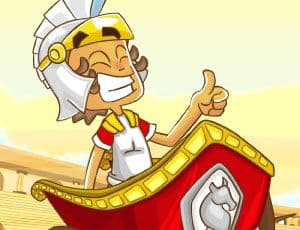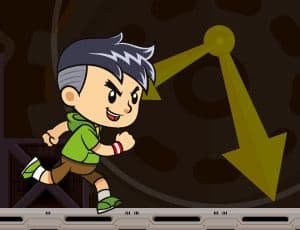Share with your class:

Dividing the Pizza
Who doesn’t love a pizza full of cheese?
Now, besides tasting your favorite pizza, you can learn while playing. Help Chef Francesca divide the pizza and deliver it to her clients. Play to prove you know fractions!

Teacher's tips
Level of education: Elementary School
Age: 09 to 12 years old
Fractions are always a delicate point in teaching Mathematics. The content begins to be worked on in the early years of Basic Education and if it is not worked on in a significant way, it can generate doubts in the more advanced grades, such as fundamental II high school. usually
Far beyond representing the parts of a whole, fractions relate to other types of problems, such as division and the relationship between quantities. This game brings an excellent proposal for math classes, providing the understanding and reflection of the concepts that involve the fraction.





